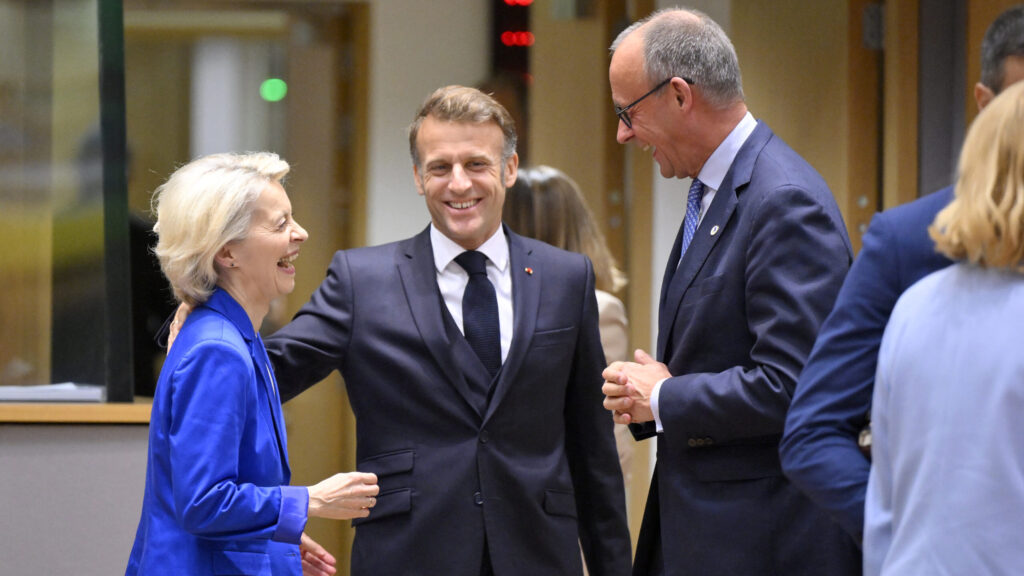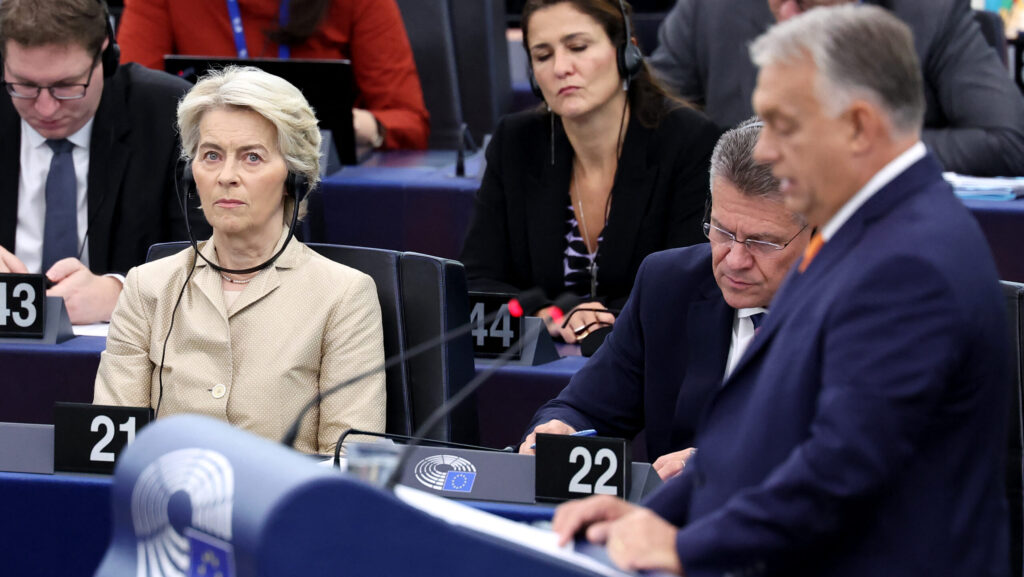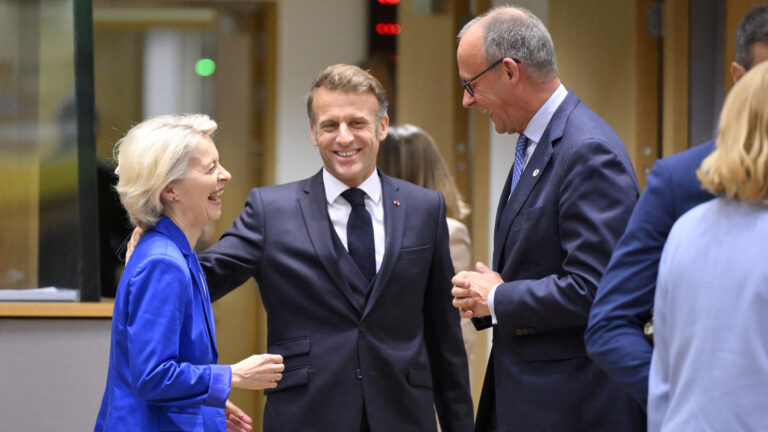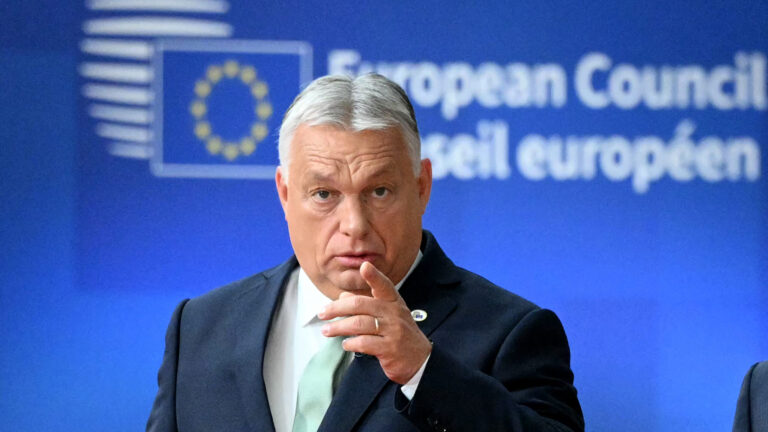The following is a translation of an article written by Ákos Bence Gát, a research fellow at the József Eötvös European Strategy Institute and Head of Foreign Affairs and the Internship Programme at the Danube Institute, originally published on Ludovika.hu.
Amidst the debates over Hungary’s Presidency of the Council of the European Union, Hungarian Justice Minister Judit Varga has indicated that the government is intending to agendize the creation of a rule of law assessment procedure in the Council, which would be tasked to judge whether the European institutions themselves are adhering to the principles of rule of law.
The idea may seem revolutionary in the present context, where
the supernational institutions of the Union, constantly expanding their own scope of influence, are trying to evade any supervision from the Member States.
The proposal, however, would not even be a reform, rather, a return to the founding agreements of the EU. In the European Union (as well as in its predecessor, the European Communities), the way in which the protection of fundamental rights should be ensured, just like they are protected by the constitutions of the Member States, was constantly debated for decades.
For the first three decades of its existence, the founding treaties of the European Communities never even mentioned fundamental rights; there was a legal basis only for the protection of a couple of special rights. Such rights were, for example, the prohibition of discrimination based on citizenship, the free movement of workers, the freedom of movement and residence, the betterment of the work and living conditions of employees, as well as equal payment for men and women.
The shortcomings of the EU’s fundamental right guarantees were highlighted by a ruling by the West German Federal Constitutional Court on 29 May 1974, which became known as ‘Solange’. In it, the Court decided they were not going to recognise the primacy of the Communities (EU) law until fundamental rights are not protected in the EC to the same degree as they were in West Germany.
In response to the ruling, the Court of Justice of the European Union (called the Court of the European Communities at the time) first tried to compensate for the lack of treaty-bound protection of fundamental rights by proclaiming that it is part of the ‘general principles of the Communities’ law’. However, it is an important detail to point out that the European Court got to this conclusion based on the constitutional traditions of its Member States. This alone demonstrates that the legal principles that are regarded as EU values, and which Member States more and more often and more and more vigorously are held accountable for, are in fact originated from the Member States’ constitutional systems, and are not above them.
The European Court of Justice tried to solve the predicament of not having the citizens’ rights sufficiently protected against the supernational network of institutions, created in the second half of the 20th century, by referring to the constitutional traditions of its Member States. It thus was able to declare the protection of rights such as the right to human dignity, freedom of speech, equality before the law, and the right to due process. Later, the Court continued to come up with new tools to expand its legal basis for the protection of human rights, thus other international conventions—such as the European Convention on Human Rights—served as further inspiration.
The West German Federal Constitutional Court found the protection of rights by the EC satisfactory only in its decision known as ‘Solange 2’, issued on 22 October 1986, almost 30 years after the signing of the Treaty of Rome. The Court opined that the protection provided by the European Court is equal to that of the German constitutional protections.
Meanwhile, various basic principles started to be included in the EU treaties as well. After the Reform Treaty of Lisbon, the Treaty on the European Union already referred to these principles as ‘values’. It is important to note, however, that this legal evolution process clearly indicates that
these values were included in the treaties to give fundamental rights guarantees against the institutions, not to serve as a basis for holding Member States accountable.
Another important fact that should be mentioned in this context is that, despite the long evolution of court practice outlined above, the European Communities did not have any official document of their own that protected fundamental rights. In 1977, the European Parliament, Council, and Commission did adopt a short declaration, consisting of only two paragraphs, in which they ‘stress the prime importance they attach to the protection of fundamental rights, as derived in particular from the constitutions of the Member States and the European Convention for the Protection of Human Rights and Fundamental Freedoms’.
The declaration, however, could only be interpreted as a symbolic pronouncement. The first, although eventually abandoned, attempt to create a document enumerating the fundamental rights of all came in 1989, during the preparation for the Maastricht Treaty. Only a decade later, on 7 December 2000, did the EU declare the Charter of Fundamental Rights in Nice, France. However, the Charter was still only an inter-institutional agreement at the time, and could not be regarded as having the same authority as a treaty. No significant developments came until 2009, when, with the Treaty of Lisbon taking effect, the Charter was elevated to the level of treaties.
The original goal of the Charter is evident: its main ‘targets’ were the European institutions. Its scope only extended to the Member States in cases where they were enforcing EU laws. Even if ‘enforcing EU law’ is broadly interpreted by the European Court, it is still clear that
the Charter was primarily designed to protect the citizens’ individual rights from infringements from the EU institutions,
not the member state governments, thus filling in what the European integration efforts were lacking historically.
Starting from the early 2010s, the EU has alas been straying away from the path of development determined by this logic. The ‘rule of law assessments’ of different countries, including Hungary, started to be frequently featured on the agenda of the European Parliament. Thus, the attention started to shift to whether fundamental rights are properly protected in the Member States; and how the supernational institutions of the EU could oversee that. Meanwhile, the issue of the need for guarantees against the powers of these institutions have been forgotten. What’s more, there are attempts to use the Charter of Fundamental rights, originally created to guard against excessive EU powers, against the Member States themselves.
Judit Varga on Twitter: “Straight about #RuleOfLaw at the Stockholm Symposium on Democracy and Rule of Law. 🇭🇺🇪🇺 pic.twitter.com/2PrBDMPoFX / Twitter”
Straight about #RuleOfLaw at the Stockholm Symposium on Democracy and Rule of Law. 🇭🇺🇪🇺 pic.twitter.com/2PrBDMPoFX
The system of EU institutions is seemingly refusing to entertain any initiative attempting to restrain its powers. Despite the fact that Paragraph 2 of Article 6 of the Treaty on the European Union explicitly states that ‘the Union shall accede to the European Convention for the Protection of Human Rights and Fundamental Freedoms’, this accession has not happened since. In an opinion issued on 18 December 2014, the European Court took a stance against the accession.
The proposal by the Hungarian government, which would put the question of whether the EU institutions operate in compliance with the law on the table, is long overdue. The debate, then the successful implementation of an assessment procedure would be crucial for the proper balance of the European integration project.
Related articles:
Click here to read the original article.







